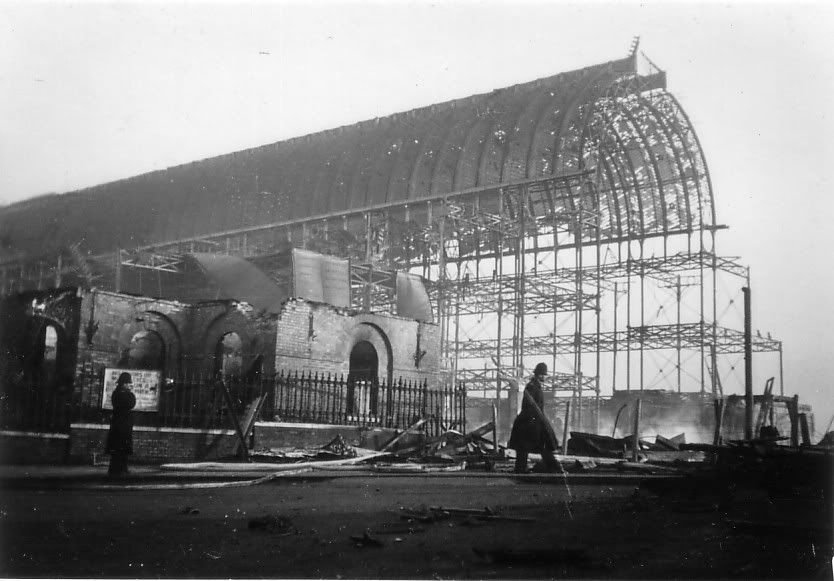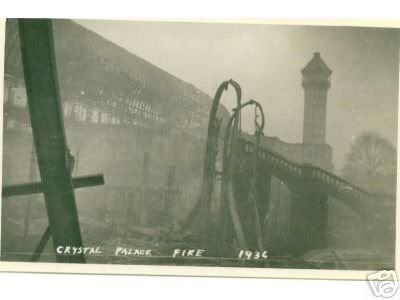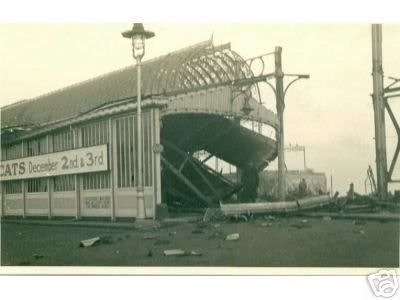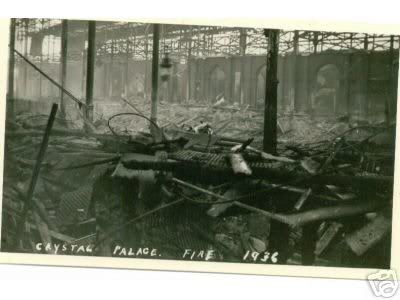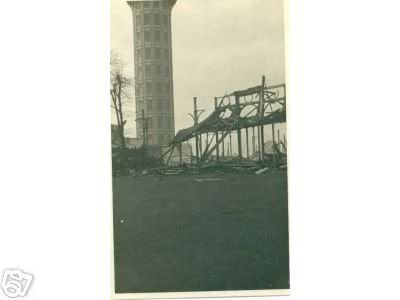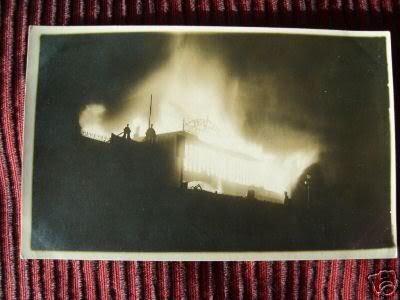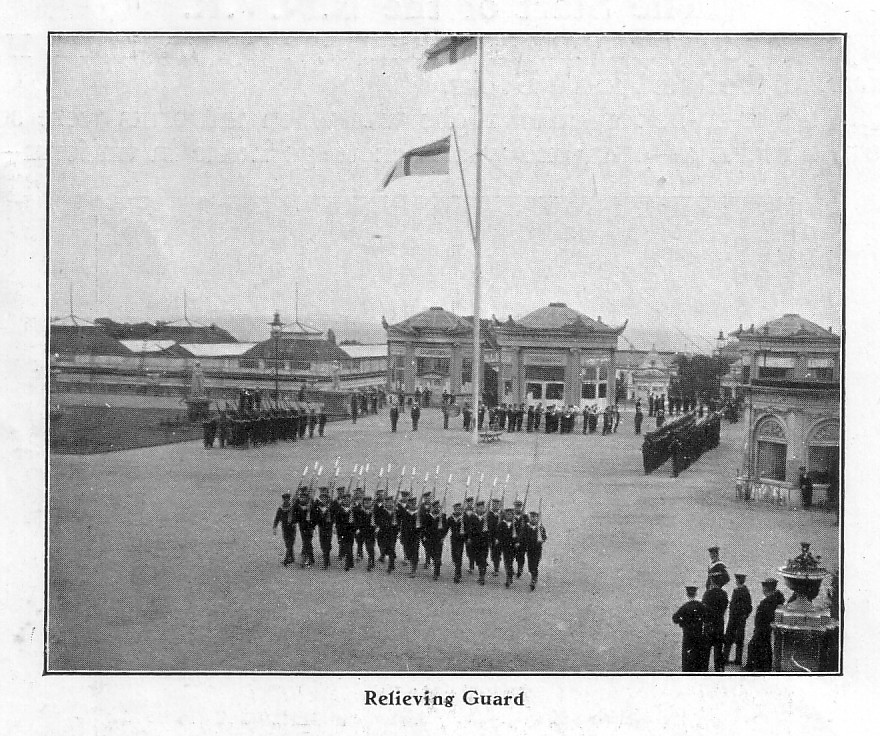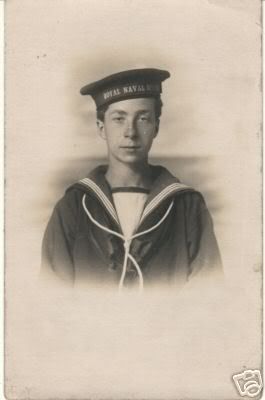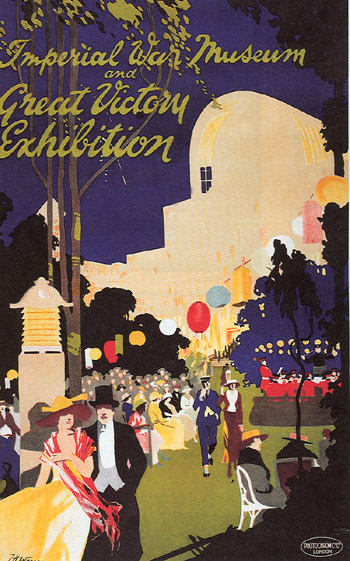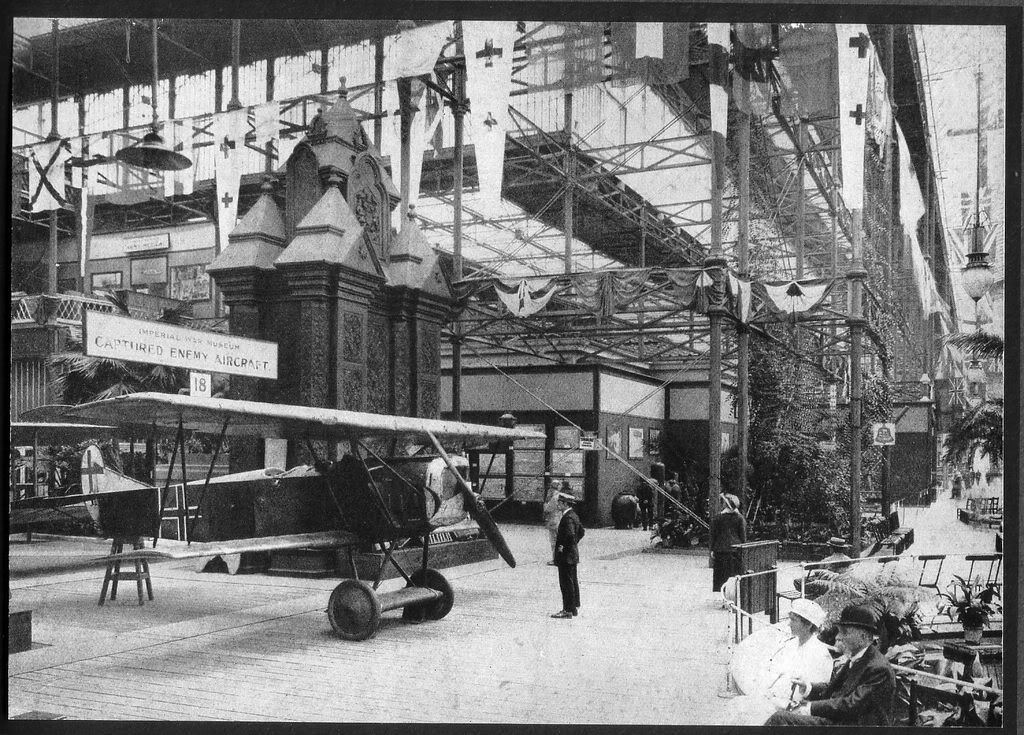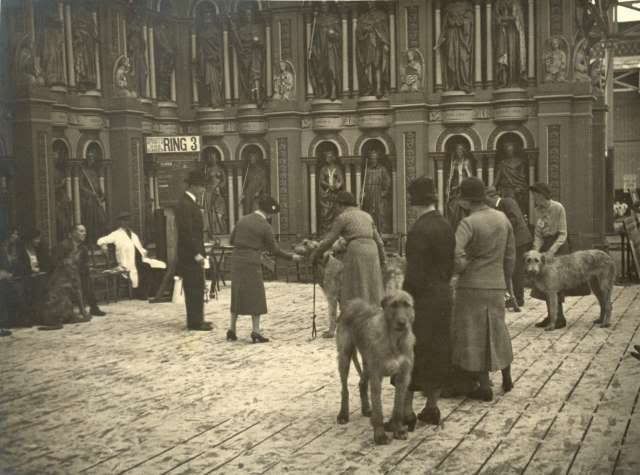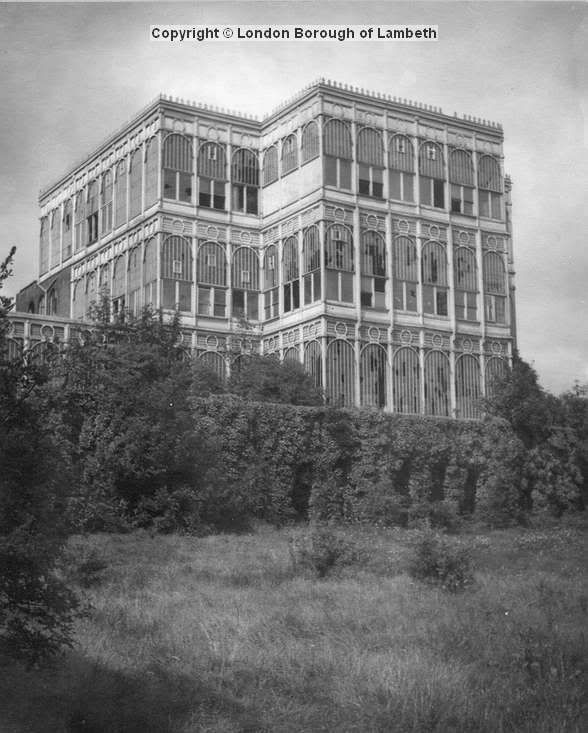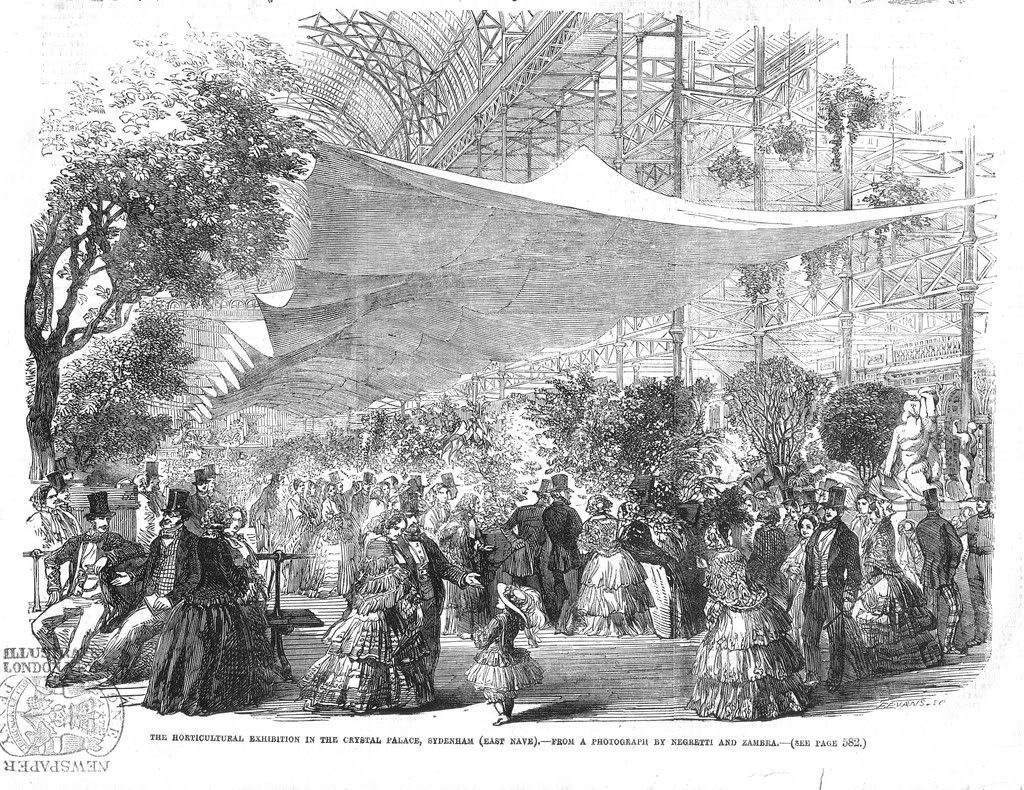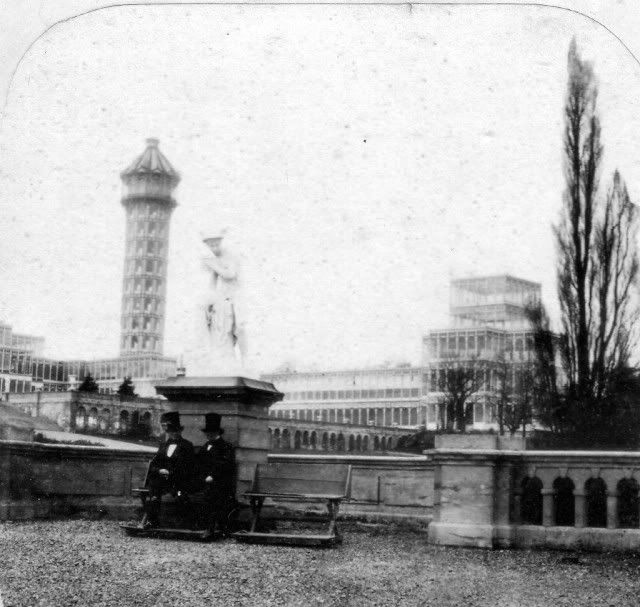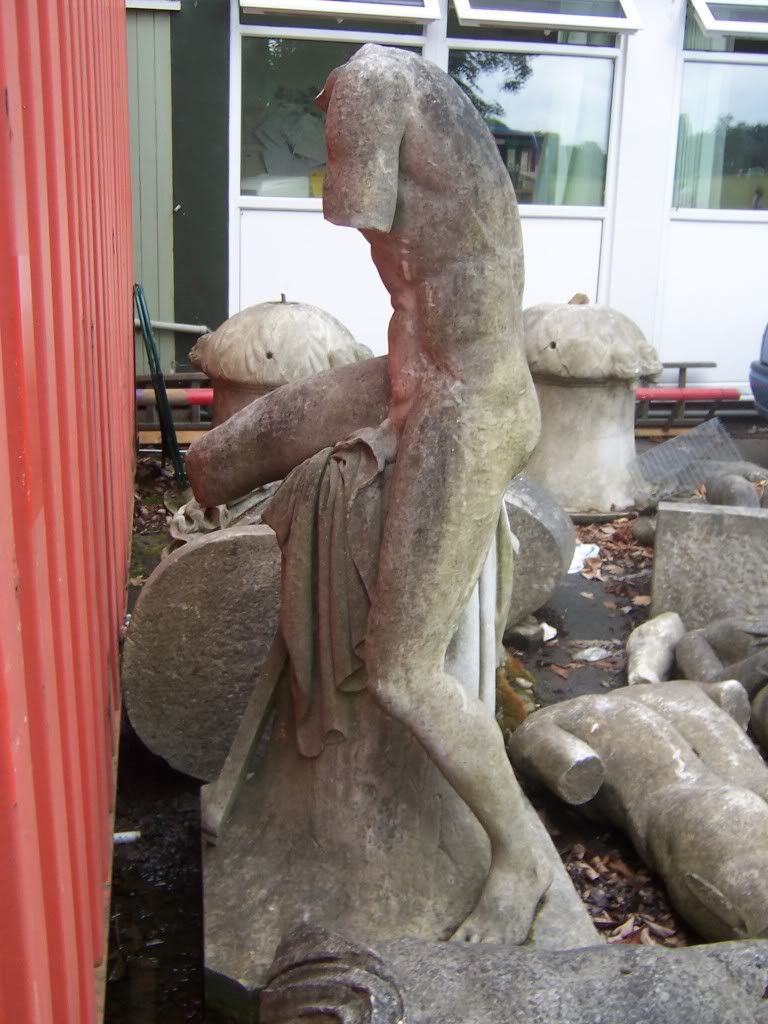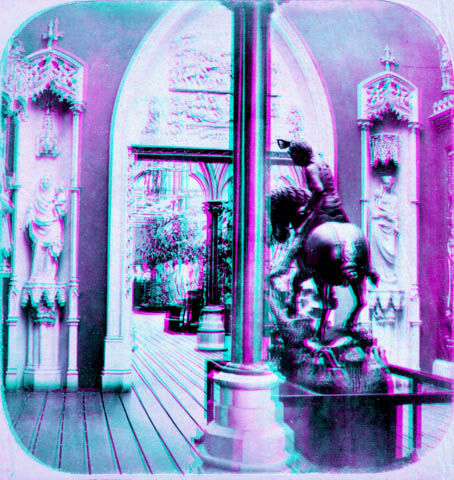1936 FIRE
From one of the last guides to the Palace, I would suggest anyone read this is they want to believe the Crystal Palace at Sydenham was in decline when it burnt down.
A MESSAGE FROM SIR HENRY BUCKLAND - MANAGER, CRYSTAL PALACE
"
LATER DAYS
The 84 years which have elapsed since its opening as the great Exhibition in Hyde Park have witnessed a ceaseless endeavour to fulfil the original objects of the undertaking, and to maintain the early loyalty to art and the education of popular taste.
In 1914 the Crystal Palace and grounds were acquired in perpetuity for the nation. This was chiefly due to the untiring energy and sterling work of Sir David Burnett, Bart., who, during his year of office as Lord Mayor of London, made a strong and urgent appeal to the public for funds to save the Palace and its beautiful grounds from being raised, and in August, 1914, it became the property of the nation. Trustees were appointed in accordance with the Crystal Palace Act, 1914, and Sir David Burnett became its first chairman as a national undertaking.
Within a few days of its acquisition there came the crash of hostilities, and the Trustees offered the Palace and grounds to His Majesty’s Admiralty, rent free, and during the five years it was used as a naval depot rather more than 125,000 of our fighting men received their training there.
After the evacuation of the Palace by the naval authorities on January 1st, 1920, the great work of restoration and redecoration was taken in hand on a very generous scale, which has continued steadily, but very thoroughly, until the present day, with the result that the Crystal Palace is now in a better condition, decoratively and structurally, than it had been for the greater part of half a century.
The first project that was undertaken was the British Industries Fair by the Board of Trade. This was a great success, and practically all the exhibitors were delighted with the large number of orders booked during the run of the Exhibition. The general public were not admitted owing to its being a strictly trades exhibition. However the reopening of the Crystal Palace to the public was not long delayed.
IMPERIAL WAR MUSEUM 1920 - 24
A great day dawned in its history, when, on June 9th, 1920, their Majesties the King and Queen, with members of the Royal Family, in the presence of a distinguished assembly, reopened the Crystal Palace as the property of the people and the home of the Imperial War Exhibition.
Members of the Cabinet, diplomatic services, and famous representatives of the fighting forces assisted in that never-to-be –forgotten ceremony. After infinite labour the objective records of the war were assembled in almost endless multitude and disposed in every available space in the main building to the best possible advantage. Guns, large and small, shells of every size, aeroplanes, pieces of armour-playing from ships, hospital equipments, models of trenches and shell-swept villages, and examples of the numberless contrivances used for the saving or destruction of life, together with a large number of pictures of high artistic value, found a resting-place within the immense casket of the Palace. For four years it held public interest and gave to its numberless visitors some faint conception of what the organisation of a nation fro war entailed.
VICTORY EXHIBITION
By the side of this part of the exhibition which was under the direction of the Government, the Palace management inaugurated a Victory exhibition. The sections devoted to the oil, engineering, electrical and gas industries were of exceptional interest, and to these may be added all the attractions of the Palace and its grounds of 200 acres, its musical festivals, fireworks, and constant succession of entertainments, the result being that the total receipts for the year 1920 constituted a record, exceeding even those for the opening of the Crystal Palace in 1854. (It is of interest to note that
since the reopening, in June, 1920 to December 31st. 1934, no less than 14,348,909 people passed the turnstiles, a sufficient tribute to the public confidence in the ability of the management and quality of the exhibits and amusements.)
Visitors to the Palace could not, indeed, fail to be struck with the skill and taste evident in the scene presented to them as they stood in the Centre Transept and looked right or left down a long vista of mingled colour that seemed to produce an effect of well-nigh Oriental gaiety.
REPAIRS
But beyond the work of assembling exhibits much had been done that did not in its nature so obviously catch the eye. A great deal of the roof had been renewed; in fact, it is not too much to say that the structure had been in part rebuilt since the Palace became the property of the Nation. Many, many tons of glass were used in the renewing of the various roofs, the whole of the exterior and the greater part of the interior has been redecorated.
THE GREAT ORGAN
Not least among the “repairs” was the renovation of the famous Great organ. This instrument had been in position since 1857, the year of the first Handel Festival, and it is probable that it had had more continuous work than any other organ in the British Isles. Naturally, the mechanism had weakened and worn, the pipes needed recasting and revoicing; it became, in fact, obvious that the only proper method to adopt was that of entire rebuilding. After very careful consideration, the work was put in the hands of Messrs. J. W. Walker & Sons. The result – at a cost of £9,000 – was the birth of one of the finest instruments procurable and the complete justification of the large expenditure that had been incurred. “Discus” fan-blowers were installed, the pitch of the organ lowered, and an entirely new system of tubular pneumatic action was put in, while the best of the old pipe-work was retained, remodelled and remade. It is of interest to know that there are now no less than 3,174 speaking pipes in the instrument, and nearly five miles of lead piping.
HANDEL FESTIVAL 1920 - 26.
With the reconstruction of the organ it was natural that the Palace should emphasise once again its part in the musical education of the public. The Handel Festival was revived in 1920 and held again in 1923 and in 1926, and its former greatness was reasserted. Alas however, music is not now a paying proposition, and to stage a Handel festival at the present time, would I fear result in a heavy financial loss running into some thousands of pounds.
MOTOR CYCLE RACING
Outside the building popular amusement began to make a new claim upon the people, and once more the football ground re-established the attractiveness of amateur teams at the game. The famous Corinthians, to whom English Association football owes its highest ideals, have made the well-known Sydenham ground their home. Recently also an acknowledgement of this mechanical age has been introduced by the construction of what time will doubtless prove to be the finest Cinder Track for Motor Cycle Racing in the country, and the popularity of this thrilling sport for modern taste has already been fully demonstrated by the large attendances.
In may respects tastes have changed, and old forms of entertainment have given way to new, but the athletic meeting still has its attractions, and many sports meetings are held throughout the season on the sport’s arena, which is fully equipped for all forms of athletic contests. The Crystal Palace Cricket Club, one promoted by the immortal “W. G.” has gone, but in summer the ground that knew it is over-run with tennis courts, in obedience to the present taste. Away down by the boating lake the unwary stroller may still be alarmed by the unexpected sight of antediluvian monsters that have, though they be but models of their species, a fresh interest in view of the recent discoveries of the fossilised remains of the dinosaur and other mammoths.
Much has happened at the Crystal Palace during the period of its recent revival, and every effort is made to render its manifold energies of popular attractiveness and use. Whether it be the circus at Christmas time, one of the summer festivals, a dog show, a sports meeting, or an exhibition, or some other undertaking which is contained within the compass of a broad outlook, it represents the desire of the trustees and management to give, though a national property, full play to a nation’s characteristic activities in the world of reasonable amusement and pleasure.
ATTENDANCE FIGURES
Some figures compiled in January, 1935, are sufficient evidence of the things that have been done. Our total income, 1920 to 1934, amounts to £1,264,912, so reckoning the bad years with the good, if you take the average from the time when the Palace was opened to the public, on June 9th, 1920, to December 31st, 1934, you arrive at an income of £84,328 per annum. And in addition to the £1,264,912 we have collected in Entertainment Tax, thus we have handled nearly a million and a half sterling.
During the period under review we have spent a colossal sum, running into six figures, in restoring the Palace to its present state of efficiency, quite apart from the cost of the grounds and the heavy establishment charges, and no less than £144,002 have gone in advertising.
These figures are large, every large, as they show, but when they are put against the problem of maintaining a colossal glass house, with 24 acres of floor space and 200 acres of grounds, 20 of which have to be kept in order and opened free of charge to the public everyday of the year, it will be seen that only a well-thought-out economy can keep them as low as they are, and at the same time carry out the task efficiently. It must not be overlooked that when the Palace was acquired for the Nation it was derelict, but happily success followed a bold programme, and in spite of the fact that we started without a single shilling, plus an overdraft at the bank of £4,012, and were called upon to face a colossal expenditure to bring the Crystal Palace and Grounds to the present state of efficiency, our financial capital account, every shilling having been paid for out of current revenue, and we still have an available balance of £52,692.
THE FUTURE.
“The future is the past over again.” So it has been often defined, and so far as the Palace is concerned, it is at once true and the contrary of true. From the beginning the Palace, though in the hands of private enterprise, set out to supply a want and to become an asset in the life of the people. The first object persists today, and has been confirmed by the fact that the Palace is now the property of the Nation. It intends now, as at first, to provide at once a centre of varying useful interests and a playground. This double function has its complete justification in the character of the undertakings that find a place within its boundaries.
No other building exists in the country which can offer just the same facilities as the Palace can offer for exhibitions and shows of various kinds. The floor space has the advantage of being a permanent building and under one roof, and has obvious claims to notice greater than those which attach to temporary structures of one kind or another. In the past, from the Great Exhibition of 1851 onwards, the Palace has seen many exhibitions of great commercial importance, and in the national struggle back to commercial prosperity it is intended that it shall play its part, and place its resources at the service of those trades and pursuits whose enterprise persuades them to bring their combined activities before the public notice. A noticeable and somewhat remarkable example of the usefulness of the Palace in this direction was seen in the Oil Exhibition, which ran concurrently with the Victory Exhibition.
As evidence of progress, my speech at the annual Meeting, Guildhall, January 16th, 1935, will be of interest.
“A year ago I ventured to predict that 934 would prove a better year for the Crystal Palace, and happily my judgement was not at fault. The income for the year ended December 31st was £52,541 18s.1d., and the total expenditure £52,468 17s. 8d., balance £73 Os. 5d., which leaves us with an available balance of £52,692; £52,150 being invested in 3% War Loan; and from the Accounts point of view the difference on paper is £2,282 15s. 3d. better than 1933. More people passed through our turnstiles than in 1933, and fortunately it has proved a more profitable year by reason of new avenues of revenue, which has proved a more profitable year by reason of new avenues of revenue, which has enabled us to carry out several outstanding improvements. For instance we have, during, 1934, erected a new Staff Building, where the workmen now have their meals in comfort, and needless to say, this has been thoroughly appreciated by staff. The grounds, of nearly 200 acres, have been considerably improved. The solid marble bust of Sir Joseph Paxton, weighing eight tons, has been restored to prominent position in the centre walk and placed on a specially built pier at the height of some sixteen feet. Some of the original Trustees may remember this was a relic of the heavy dilapidations from the Festival of Empire Exhibition, which we inherited when we took over in 1914, and which was found dumped at the bottom of the Grounds. Other improvements include the restoration of the two remaining Architectural Courts to be renovated, viz.:- the Chinese [Sheffield?] and the Pompeian Courts, the latter of which is now nearing completion. The south nave has also been made more attractive. The famous old Crystal Fountain is now in the process of being illuminated, and almost all the Statuary from the Central Transept right down to the Low Level Station, has been redecorated. The School of art Section has also been thoroughly repaired and renovated. The Architectural Courts and Statuary are now really worth an inspection. These were produced by Royal Command and executed under the direction of skilled artists, whose works are recognised as the classical text-books upon decorative art. It would appear that some people think that the Crystal Palace and its beautiful grounds were acquired solely for pleasure purposes, but I venture to submit that we have acted wisely in carrying out these restorations, as undoubtedly the Palace is unparalleled in its store of art treasures, and I am of the opinion that future generations will in due course realise that these famous old replicas are a very valuable educational asset to the Nation. Furthermore, we have during the year erected an additional 11,520 square feet of new roofing, everything being absolutely renewed – gutters, zinc, iron, sash-bars and glass. The cost of all this new work and the other improvements to which I have referred – indeed, every kind of expenditure, whether of capital nature or otherwise (as always during our regime) has been charged to revenue Account. It should be borne in mind, that owing to the Crystal Palace having been closed to the public for some five years, we opened in 1920 with little or no goodwill.
“The following figured will give some indication of what has been accomplished. The income from 1920 to 1934 inclusive amounts to rather over a million and a quarter sterling, the exact figure being £1,254,912. In addition to this huge amount, a sum of £131,554 has been collected and paid over to the Government for entertainment Tax. If this money was returned to this great National Institution, as in the case and on the same principle as the Treasury recently saw fit to exempt the Old Vic and the Sadler’s Wells Theatre from the Entertainment Tax, it would enable us to launch in due course a magnificent exhibition, and history might very easily repeat itself in achieving similar results, as E.F.Benson suggested in an article which appeared in the Press last month, in which he referred to the troublesome times of 1848-1851, when the Great 1851 Exhibition proved of such outstanding benefit to practically all the nations of the world. Mr Benson pointed out that the peace of Europe, as things are at present, might easily be endangered, and that the surest way of averting a disaster was to prove to the unquiet nations that the prosperity of each was wrapped up with the industrial prosperity of others. The world’s progress was an indivisible unit, and it was for England to demonstrate that. He suggested there should be a Monster Exhibition in London, at which should be displayed all the products of the civilized world, and thus the nations would see that in the arts of peace, rather than in the destructive panoply of war, lay their salvation.
“Another interesting fact is that since the Crystal Palace was acquired for the Nation, £673,756 has been paid out in wages and salaries, which has been of considerable benefit both to the working man and to the neighbourhood generally. Once again, it must not be overlooked that the large amount of money paid out in Rates and Taxes has also been of considerable benefit to the various bodies concerned, so taking all things together, I am sure you will agree that the Crystal Palace is in every way a real National Asset, and carrying out its charter with credit to everybody concerned.
“You must remember there is no other building in the world quite like the Crystal palace – grand in its architecture – vast and extravagant in its upkeep, and on which, before its doors were opened in June, 1854, no less a sum than £1,350,000 had been spent. When it became the property of the Nation, some twenty years ago, as the original Trustees know only too well, it was an absolutely derelict property, and the vast restoration of a glass house of such magnitude (which had cost that colossal amount of money in 1854, when building costs were very different from those prevailing today) of necessity had to be spread over a long period, and even today, we are still erecting new roofing. Naturally, it has proved a tremendous task, requiring both pluck and determination, especially as the costs had to come out of revenue; in other words, all through the years we had to earn money before we spent it on the dilapidations and restorations, for there is no subsidy, but happily we now have something to show for our twenty years strenuous work, and I firmly believe that the date is not far distant when the Crystal Palace will play an even more important part in the national life of the people.”
It remains the commercial interests of the country to recognise and to use the opportunities which the Palace can provide to help them in their effort after the restoration of the country to its pre-eminent place in the commercial commonwealth of nations.
In its permanent attractions the Palace will make a bid to keep its old ground, with such modification and additions as time demand. The Architectural Courts, which have suffered considerable damage in the course of years, are gradually being restored at great expense, and will now take on again theirs first attractiveness. With the reawakening of public interest through the recent discovered in Egypt and elsewhere, these courts should now gain a greater measure of attention than they have had for a long time past. Of the grounds as a national playground it is hardly necessary to speak. Sport of every kind is an element in the English story and character, and the stress of modern life, together with the amelioration of the conditions under which a great part of it has hitherto been lived, has sent youth, and even the middle-aged, today to seek somewhere a place of recreation in some type of field exercise. No space near the metropolis offers better opportunity, in the best and most picturesque of surroundings, than that which the Palace offers. It is in this respect, as in others, the servant of the public, and awaits the public command."
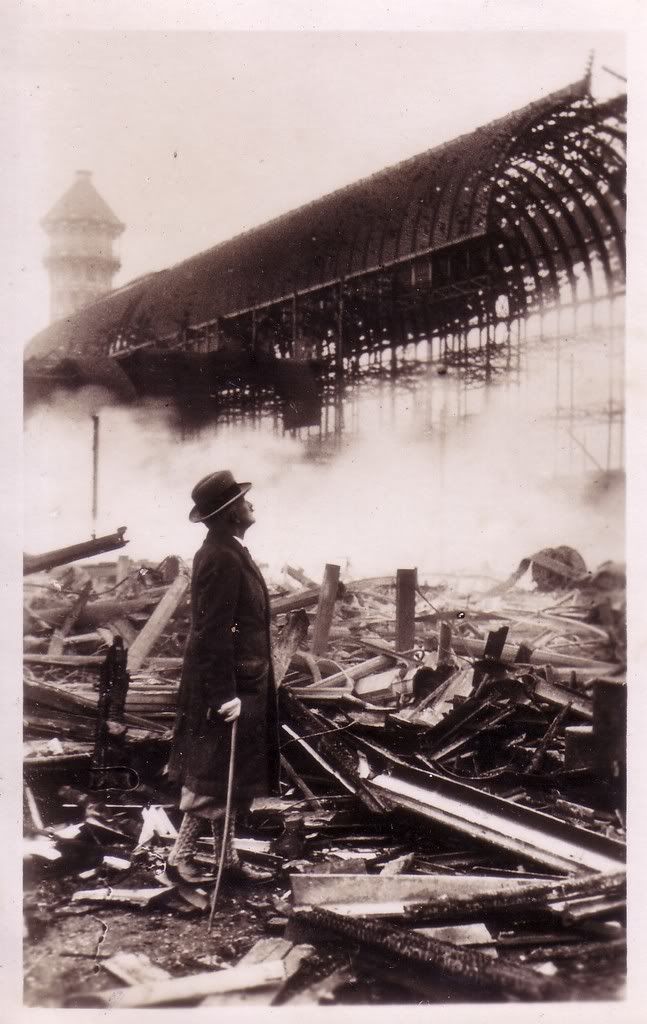
Sir Henry Buckland surveys the damage after the fire - 1936
MORE fire postcards here - link below.
http://forum.sydenham.org.uk/viewtopic.php?f=10&t=4141
